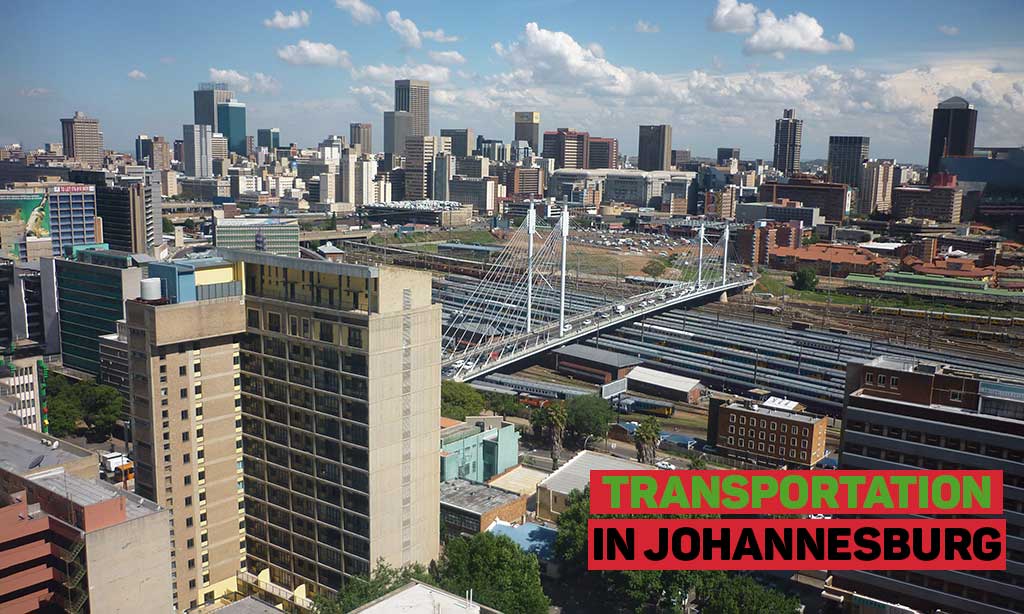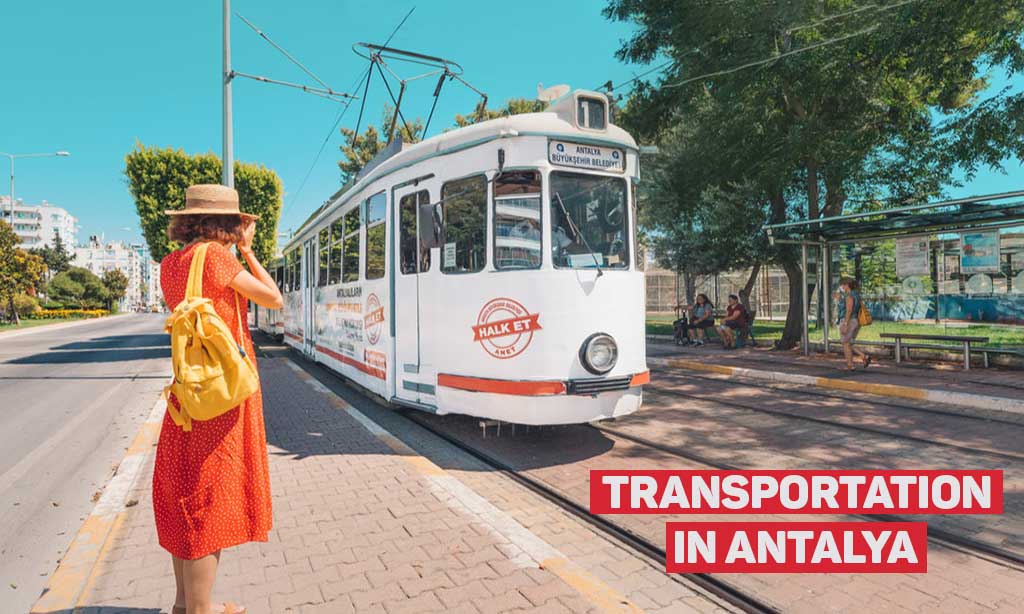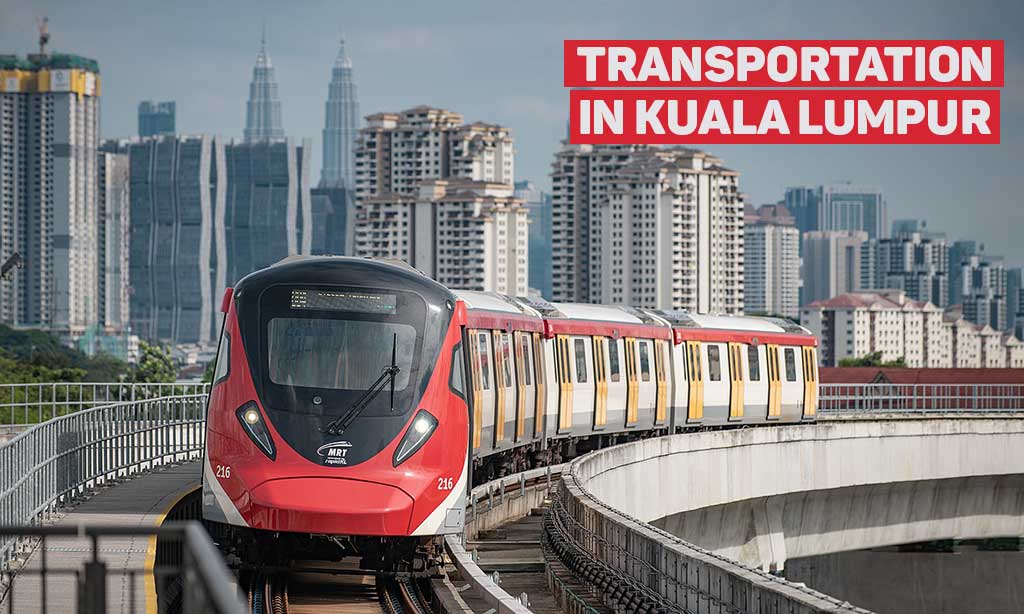Overview: Public Transportation Amsterdam’s transport system is characterized by its extensive use of bicycles and a well-developed public transportation network. The city encourages cycling and has made efforts to reduce car usage in the city center. Public transport in Amsterdam consists of metro, tram, and bus routes, with the majority operated by GVB, the city-owned public transport operator. Additionally, Amsterdam has a rich network of canals that were historically used for transportation.
Operators:
- GVB (Gemeentelijk Vervoerbedrijf): This is the primary travel operator in Amsterdam, responsible for the metro, tram, and bus services within the city.
Rapid Transit Systems:
- Metro: Amsterdam’s metro system consists of five routes covering major areas in the city and its surroundings. The metro lines are:
- 50 (Ring Line): Isolatorweg to Gein
- 51 (Amstel Line): Isolatorweg to Centraal Station
- 52: Noord to Station Zuid
- 53 and 54 (East Line): Gaasperplas or Gein to Centraal Station
- Trams: The tram routes serve most of the major tourist attractions in the city. Tram line two, in particular, is considered a tourist attraction itself, running from Centraal Station and passing through Vondelpark, the canals, and the Rijksmuseum.
- Buses: There are over 40 bus routes in and around Amsterdam, with some operating nightly.
Table: Transportation Systems:
| Transportation | Operator Name | Website URL |
|---|---|---|
| Metro | GVB | GVB Website |
| Tram | GVB | GVB Website |
| Bus | GVB | GVB Website |
Guide on Ticket Purchasing: You only need one GVB ticket to access the metro, tram, and bus services. Tickets can be purchased at all metro stations, with machines offering an English language option. Tram and bus operators sell tickets for various durations, but they don’t accept cash payments. Ticket prices range based on the duration, with options from one hour to a week. For longer durations, a plastic card is recommended, which can be loaded with time-based tickets or credit. For cards loaded with credit, passengers must tap in and out on buses and trams to avoid being overcharged.
Major Passenger Airports and Ways to City Centre:
- Amsterdam Schiphol Airport: This is the primary international airport serving Amsterdam. It’s less than 20 minutes by train from Amsterdam Central Station. To travel from Schiphol Airport to Centraal Station, you can purchase an NS train ticket at the airport. The journey typically takes 14-17 minutes.
Cycling in Amsterdam: A Unique Experience
Amsterdam, often dubbed the “Bicycle Capital of the World,” is a city where the humble bicycle reigns supreme. The intertwining canals, historic buildings, and bustling streets are best experienced on two wheels. But what makes cycling in Amsterdam so special, and why has it become an integral part of the city’s identity?
History of Cycling in Amsterdam: The love affair between Amsterdam and bicycles began in the late 19th century when the first bikes were introduced. Over the decades, as cities worldwide became more car-centric, Amsterdam chose a different path. The oil crisis of the 1970s, coupled with growing concerns about air pollution and traffic deaths, especially among children, led to massive public protests. These events catalyzed the city’s transformation into a bike-friendly haven. The local government responded by investing in extensive cycling infrastructure, including dedicated bike lanes, bike racks, and traffic-calming measures.
Why is Cycling So Special in Amsterdam?
- Infrastructure: Amsterdam boasts over 400 kilometers of dedicated bike paths. These paths are well-maintained, clearly marked, and often separated from motorized traffic, ensuring safety for cyclists.
- Flat Terrain: The city’s flat landscape makes it easy for people of all ages and fitness levels to cycle without much effort.
- Cultural Significance: For Amsterdammers, cycling is not just a mode of transport; it’s a way of life. It’s common to see parents with children, elderly couples, or even someone in a suit cycling alongside tourists and students.
- Environmental Concerns: The city’s commitment to sustainability and reducing carbon emissions has further propelled the use of bicycles. Cycling is eco-friendly and helps in keeping the city’s air clean.
- Compact City Design: Amsterdam’s compact design means that most destinations are within a short cycling distance, making bikes often faster than cars or public transport.
Why Should Travelers Experience Cycling in Amsterdam?
- Authentic Experience: To truly immerse oneself in the local culture, one must experience the city as the locals do. Cycling offers an authentic Amsterdam experience.
- Accessibility: Bicycles allow travelers to explore hidden nooks and crannies of the city, which might be inaccessible or easily overlooked when using other modes of transport.
- Health and Wellness: Cycling is not only a sustainable mode of transport but also a great way to stay active and healthy while traveling.
- Economical: Renting a bike is often cheaper than other modes of transport, and with the city’s bike-friendly infrastructure, it’s easy to navigate even for novice cyclists.
In conclusion, cycling in Amsterdam is more than just a mode of transport; it’s an experience, a tradition, and a reflection of the city’s values. Whether you’re weaving through the narrow streets, crossing the iconic canals, or simply taking in the sights and sounds, cycling offers a perspective of Amsterdam that is both unique and unforgettable. For travelers, it’s an opportunity to see the city through a different lens, making their journey all the more special.
Facilities for walking in Amsterdam: A walker’s dream
With its beautiful canals, historic buildings, and lively neighborhoods, Amsterdam is a city that is best seen on foot. Even though the city is known for its cycling culture, it is also a great place to walk thanks to its pedestrian-friendly infrastructure and facilities. Here’s a closer look at the facilities for walking in Amsterdam and why it’s a great place for people who like to walk.
Pedestrian Zones and Streets: Especially in the city center, Amsterdam has a lot of areas that are only for people on foot. Streets like the Kalverstraat and the Leidsestraat don’t allow cars, so people can walk, shop, and enjoy the atmosphere without being bothered by cars. These areas are popular with both locals and tourists because they have shops, cafes, and historic sites.
Cobblestone Streets and Alleys: In the older parts of Amsterdam, especially, many of the streets are made of cobblestones. These narrow alleys, which make you think of a different time, are cute and fun to walk down. Even though these streets are pretty, tourists should wear shoes that are easy to walk in so they can get around easily.
Bridges and canals: People often call Amsterdam the “Venice of the North” because it has so many canals. People on foot can get around the city by using the many bridges, each of which gives a different view of the waterways and old canal houses. Some bridges, like the Magere Brug, are well-known landmarks in their own right.
Signage and Getting Around: The city has clear signs that point people to major attractions, public transportation hubs, and other places of interest. This makes it easy for people who have never been to the city before to walk around it.
Public Squares: The Dam Square, Leidseplein, and Rembrandtplein are just a few public squares in Amsterdam. These areas are often full of people and things to do, like street performers and cafes with tables outside. They are also popular places for walkers to stop and rest.
Safety Measures: There are crosswalks and pedestrian signals all over the city, which keep walkers safe. Clear lines are drawn to keep cyclists and pedestrians from colliding.
Parks and other green spaces: If you want to get away from the city’s busyness, Amsterdam has many parks and other green spaces that are great for long walks. Vondelpark is the biggest park in the town, and both locals and visitors love it. Its well-kept paths, ponds, and open spaces make it a peaceful place to walk.
Why it’s good to walk in Amsterdam:
- Walking is an eco-friendly way to see the city, just like biking. It helps Amsterdam’s green initiatives.
- Intimate Exploration: When people walk around a town, they can see the smaller details, like architectural details and hidden courtyards.
- Walking is a great way to stay active and good for physical and mental health.
In conclusion, walking is one of the best ways to get to know Amsterdam because it is built for people and has a lot of history and culture. Walking in Amsterdam will give you a rich and memorable experience, whether wandering along the canals, finding hidden gems, or just watching people in a busy square.





